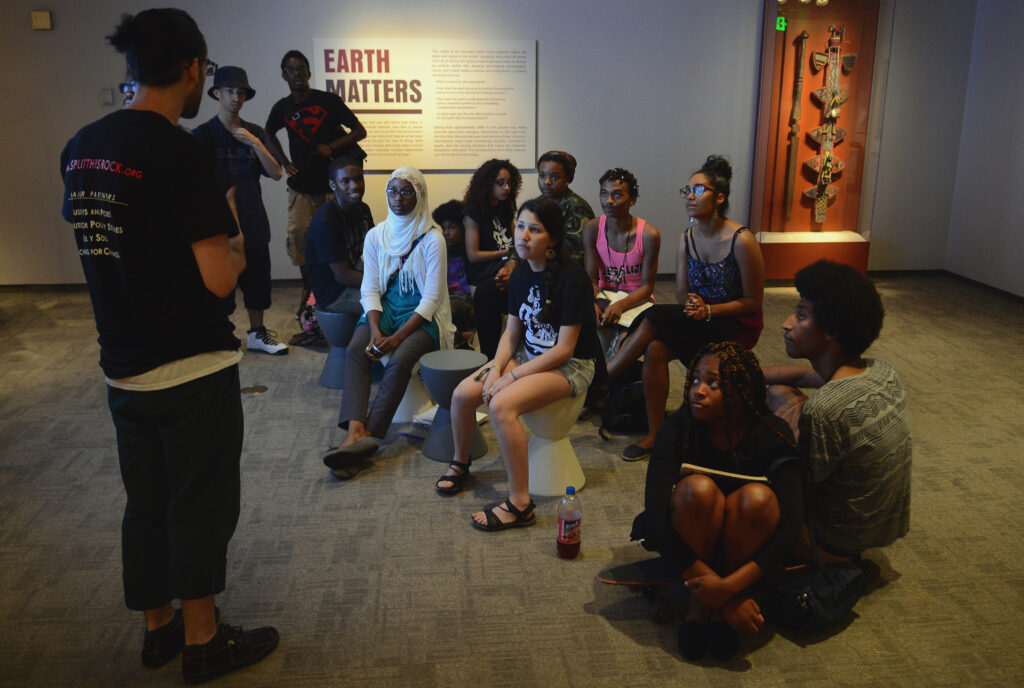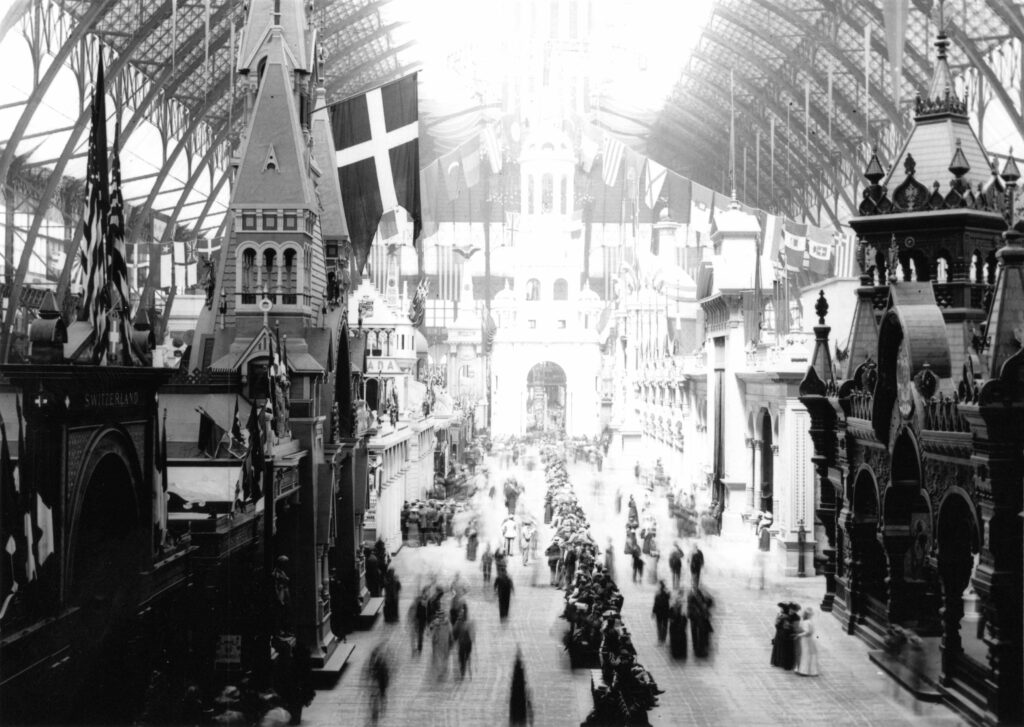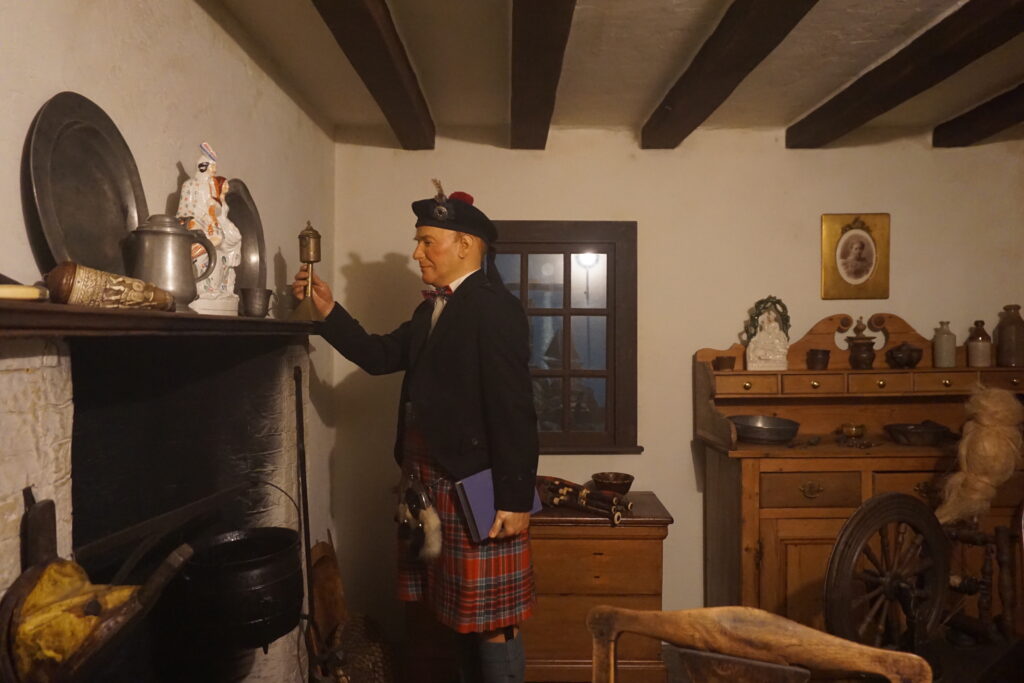In Defense of Museums
BAD NEWS ABOUT MUSEUMS
Museums have been the focus of devastating critiques lately.
A major Propublica investigation into unnecessary delays in the repatriation of Native American ancestors and their belongings. A revelation about theft-by-curator at the British Museum. A Denver Post exposé on looted antiquities at the Denver Art Museum. Reporting on a racist collection of pickled human brains at the Smithsonian Institution. Even late-night talk show host John Oliver piled on.
Much of the criticism is warranted. Many natural history museums have origins in deeply problematic colonial collection, extraction, and display practices. The institutions helped develop and present racist interpretations of human evolution and diversity that perpetuated the egregious politics of White European supremacy.
One columnist recently argued that as “an artifact of a lost culture,” museums should be shuttered.
I’ve worked in museums for 33 years. Rather than throwing the civic and scientific baby out with the bathwater, I maintain that natural history, anthropology, and art museums hold value for humanity. At the same time, recent critiques spotlight necessary reforms, some of which have been underway for decades. Such work must continue and indeed accelerate.
CURATING THE WORLD
We live in a global society. Our age has roots in exploration, colonialism, and imperialism starting in the late 1400s. But our more viscerally and immediately interconnected world arose recently, facilitated by the rise of international jet travel in the late 1950s, modern economic globalization in the 1990s, and the launch of internet-connected cellphones in the 2000s.
Before these recent developments, opportunities were rare to learn about places far from where you lived. In the U.S., middle-class folks might have acquired glimpses through documentary films or magazines such as National Geographic and LIFE. Some individuals, like my parents, enjoyed a semester in Europe during college—and it took a week of ship travel to get there. World’s fairs provided occasional windows to the globe, but those only happened in certain cities and certain times (for example, Chicago in 1893 and 1933; St. Louis in 1904; San Diego in 1915; Montreal in 1967).
International travel also came through military service, which was not necessarily conducive to culturally sensitive interactions.
Museums, then, served a unique role: They brought the world to their communities. In fact, through the mid-20th century, “Bringing the world to Denver” was the tag line for the Denver Museum of Natural History (now the Denver Museum of Nature & Science, or DMNS, where I work). Its curators traveled the globe and collected ethnographic objects and natural specimens for display and research.
Other natural history museums also built their collections this way. Many, but not all, engaged in unethical collecting practices that ranged from duplicitous negotiations to outright theft. Many, but not all, promulgated racism through their exhibitions, particularly in the late 19th and early 20th centuries when eugenic pseudoscience peaked in scientific, popular, and political circles. But these histories have only recently received public attention.
MUSEUM MEMORIES
Given that context, the educational value of museums seemed evident throughout my childhood and early career. The institutions provided (albeit imperfect and biased) access to the unknown as it was presented by curators and exhibit developers using cutting-edge technologies of the day.
In 1977, when I was in seventh grade, I caught Tutmania, along with nearly 1.3 million other visitors who saw the Treasures of Tutankhamun exhibition at the Field Museum of Natural History in Chicago. That “blockbuster” exhibition included dozens of spectacular objects from Tut’s tomb, including some ornaments from his mummified body. It was a pop culture phenomenon, and it helped inspire my career in archaeology.
A few years later, I visited the Milwaukee Public Museum, with its walk-through European Village. That exhibition includes life-sized buildings, crafted and furnished in the style of 33 European cultures, including the Irish and English, which are my ancestries.
In 1983, I worked on the traveling exhibition China: 7,000 Years of Discovery at the Museum of Science and Industry in Chicago. One of China’s leaders, Deng Xiaoping, had just opened the country’s economy to foreign investment less than five years earlier, so many in the U.S. were beginning to learn about Chinese culture and history. The exhibit included traditional artisans who crafted paper, wove silk, and printed texts.
Through a critical lens in 2023, each example might be seen as problematic. The Tutankhamun exhibition displayed objects from a tomb. European Village ossifies stereotypical representations of people at a certain moment in time and space. For China: 7,000 Years of Discovery, were the artisans exploited in the exhibition?
MUSEUMS’ NEW RAISON d’être
Although collecting and preserving is still important, it is increasingly difficult to argue that museums need encyclopedic collections, with at least one of everything. DMNS does not need to bring the world to Denver. The internet does that for anyone with a connection and a device.
Museums are at a point of reckoning—as they must be—and redefining their aims.
Many of today’s museums seek to provide a space where the voices of descendent communities can be heard; their research collections are actively evaluated and curated from many different angles, not just those of Western science.
I am personally and professionally thrilled to see new exhibitions that were developed by Indigenous groups for their communities and the broader public. These include Native Truths: Our Voices, Our Stories at the Field Museum, the stunning First Americans Museum in Oklahoma City, and the Culture Is Living hall at the Burke Museum at the University of Washington, Seattle, just to name a few.
As the Florida Museum recently argued, museum collections retain tremendous value for research on the most pressing issues facing humanity, including climate change, the loss of biodiversity, and cultural heritage preservation and change. Museum collections, holding at least 4.8 billion objects and specimens in the U.S., constitute a priceless and irreplaceable repository of existing knowledge and yet-to-be-discovered information.
And, in an increasingly polarized world, some museums have become community hubs that bring people together and broaden perspectives. According to the American Alliance of Museums, U.S. museums, historic sites, and science attractions draw more attendees than professional sporting events do. Museums are among the most trusted organizations in the U.S. From a purely economic standpoint, they provide 726,000 jobs and US$50 billion to the U.S. economy every year. Even while the COVID-19 pandemic was in full swing, the top 100 museums (by attendance) worldwide welcomed 71 million visitors in 2021.
GATEWAYS TO KNOWLEDGE
Museums cannot rest on these laurels, however. They must continue to engage in self-reflection and reform in order to right some of their wrongs. Recently published critiques of museums and their collecting practices bring attention to serious ethical violations.
But these incidents are part of the process of a necessary reckoning to help museums and their communities become more equitably and ethically engaged. On their path to increased attention to history, justice, and human rights, most museums enhance the greater good. They provide opportunities to learn about our universe, planet, and place as individuals and as a species.
Back in 1992, I asked a group of students at the University of Arizona why we study anthropology. A creative writing major answered, “because the epic sweep of humanity is indeed mighty cool to behold.” Forever engrained in my brain, that phrase encapsulates why I entered the museum business. In museums, we can behold the epic sweep of humanity.




































